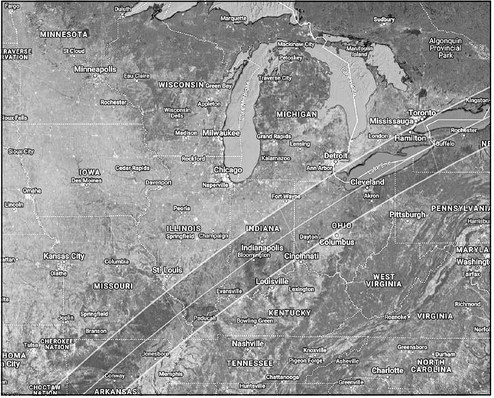UW astronomy professor offers tips to observe April 8 solar eclipse


By Cheyenne Thomas As long as the skies are clear, residents will be able to watch a solar eclipse make its way across the sky over the United States on April 8. The ...


By Cheyenne Thomas As long as the skies are clear, residents will be able to watch a solar eclipse make its way across the sky over the United States on April 8. The ...